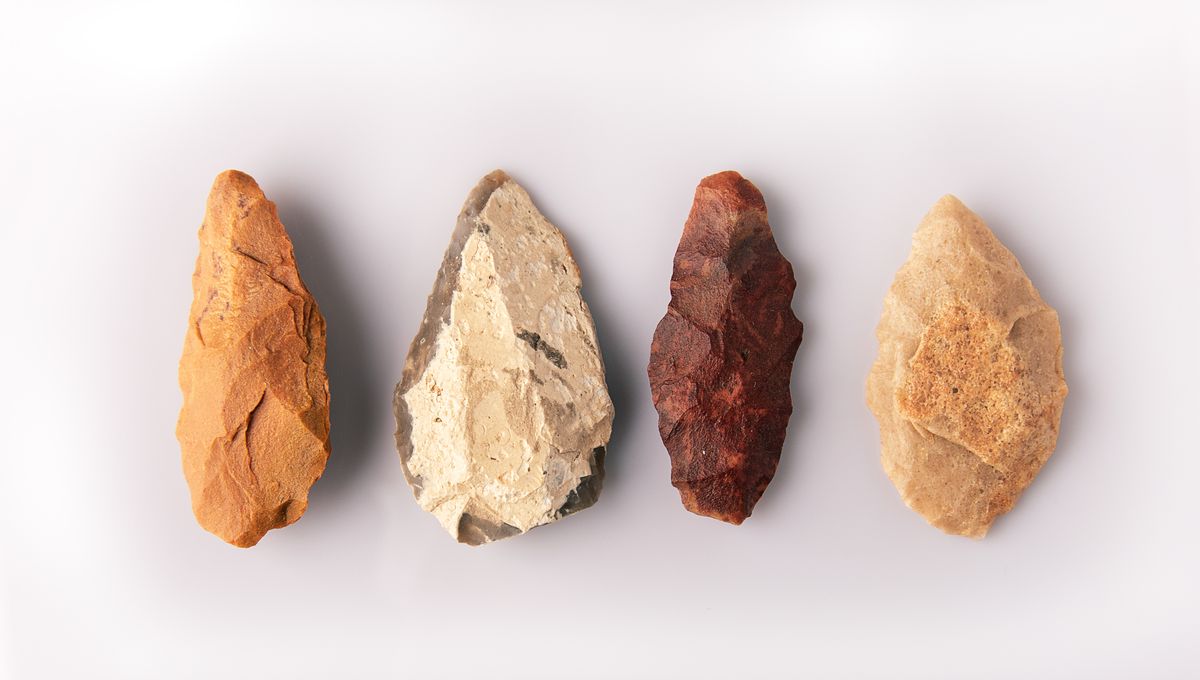
The human Stone Age was, undeniably, the first step on a journey towards the species total technological dominance – but it didn’t have to be. After all, pick a rock that’s too soft, or too wonky, and our ancestors may never have made it past “ape with aspirations”. So how did they manage to get it so right?
A new study has the answer – or, at least, the initial stages of one. By directly experimenting on various raw materials from percussive tools from Melka Wakena, a 1.6-to-0.7-million-year-old archeological site in the Ethiopian Highlands, researchers were able to infer what made a material useful to our ancient ancestors – and when certain advantages outweighed others in their calculations.
“Our research shows that the material properties of the stones – such as suitability, quality, and durability – were likely crucial factors in the selection process by early hominins,” explained Dr Eduardo Paixão, a researcher at the University of Algarve, Portugal, and study lead, in a translated statement.
“This suggests that they had a deep understanding of their environment,” Paixão said, “and made deliberate choices.”
It wasn’t always as straightforward as you might think, either. For as primitive as we like to think of our Stone Age ancestors being, they understood the nuances of rock way better than we do (save for the odd geologist out there): “Our experimental results show that, while two types of rock (ignimbrite and glassy ignimbrite) appear similar to the naked eye, they behave considerably differently,” explains the paper.
Glassy ignimbrite came from further away, and was less convenient to use – but it was also “significantly harder,” the paper points out, and “also the most homogenous raw material […] and the most resistant.” The result? The softer, albeit more widely available, form of the rock was ignored, while “glassy ignimbrite, brought from a longer distance in the form of large flake blanks, was intentionally selected for the manufacture of [large cutting tools]”.
It’s not just the results that are important here. As the paper makes clear, a lot of what we’ve traditionally understood about Stone Age technology has been based on… well, vibes, more or less: “in many cases, […] inferences about [artefacts’] specific functions are based on preconceived assumptions about their size and morphology,” the paper explains.
Even those that have been systematically analyzed are still kind of fuzzy, it adds, since “Differences in the physical properties of rocks are often described and organized by researchers in distinct categories of ‘raw material quality’.
“However, defining and quantifying this ‘quality’ is not straightforward,” it explains.
In that respect, the new paper – and the project it marks a beginning to – is undoubtedly remarkable. It’s perhaps the first study to analyze these ancient stone tools on their own terms: not only performing a post-hoc analysis of the artefacts, but replicating their original use. And it’s paid off: already, the researchers have noticed that some properties, previously assumed to be one of these mysterious “qualities” of the rock itself, are actually the result of the tool’s use over time.
“The deliberate selection of materials influenced the surface changes of the tools,” explained co-author Dr João Marreiros. “This demonstrates that differences in archaeological finds are not random.”
“These findings open new perspectives on understanding technological innovations in early human history,” added Paixão. “We plan further research to better comprehend the complex decisions made by these early toolmakers.”
The study is published in the journal PLOS ONE.
Source Link: Stone Age Artisans Chose Their Materials For A Reason. A New Study Is Figuring Out Why